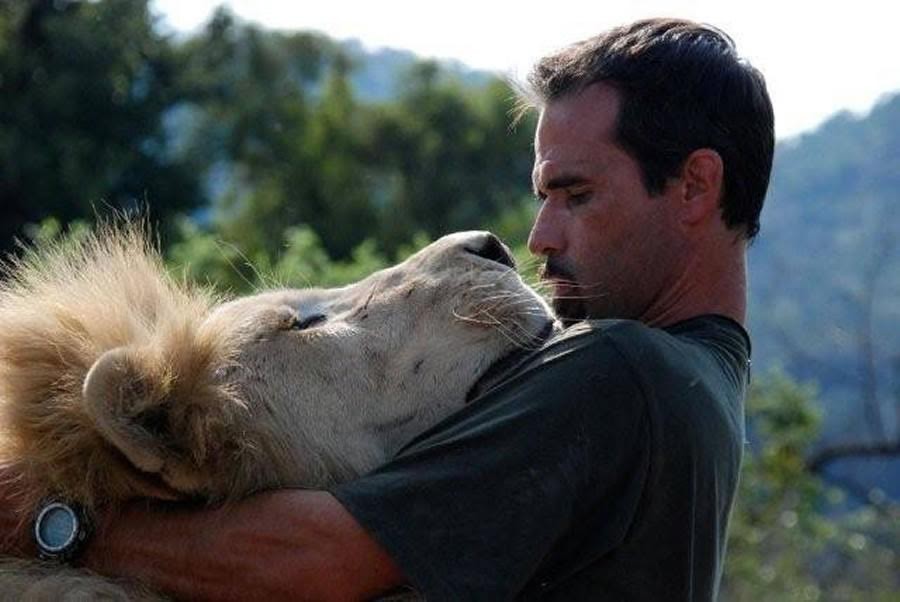
‘If You Can Pet Lions, Why Can’t the Rest of Us?’
Two of the most popular wildlife videos on YouTube, watched millions of times already, are of grown men playing with lions as if they were their pet kitties. The scenes of human-animal love are so intoxicating, it makes everyone want to go out and do the same, walk with a lion, pet a cute little cub. […]
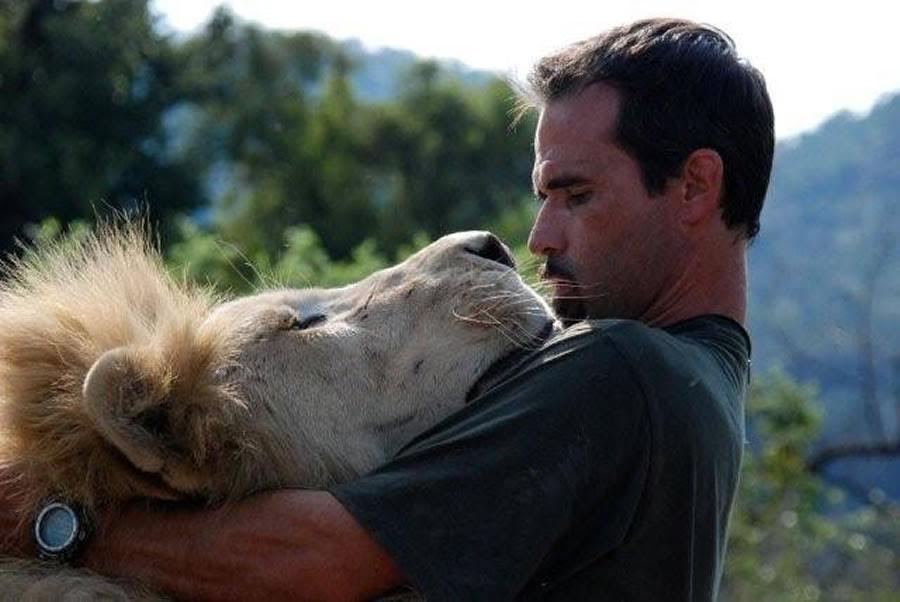
Two of the most popular wildlife videos on YouTube, watched millions of times already, are of grown men playing with lions as if they were their pet kitties. The scenes of human-animal love are so intoxicating, it makes everyone want to go out and do the same, walk with a lion, pet a cute little cub. But the two men in the videos have a serious message: If you value that animal, don’t do it.
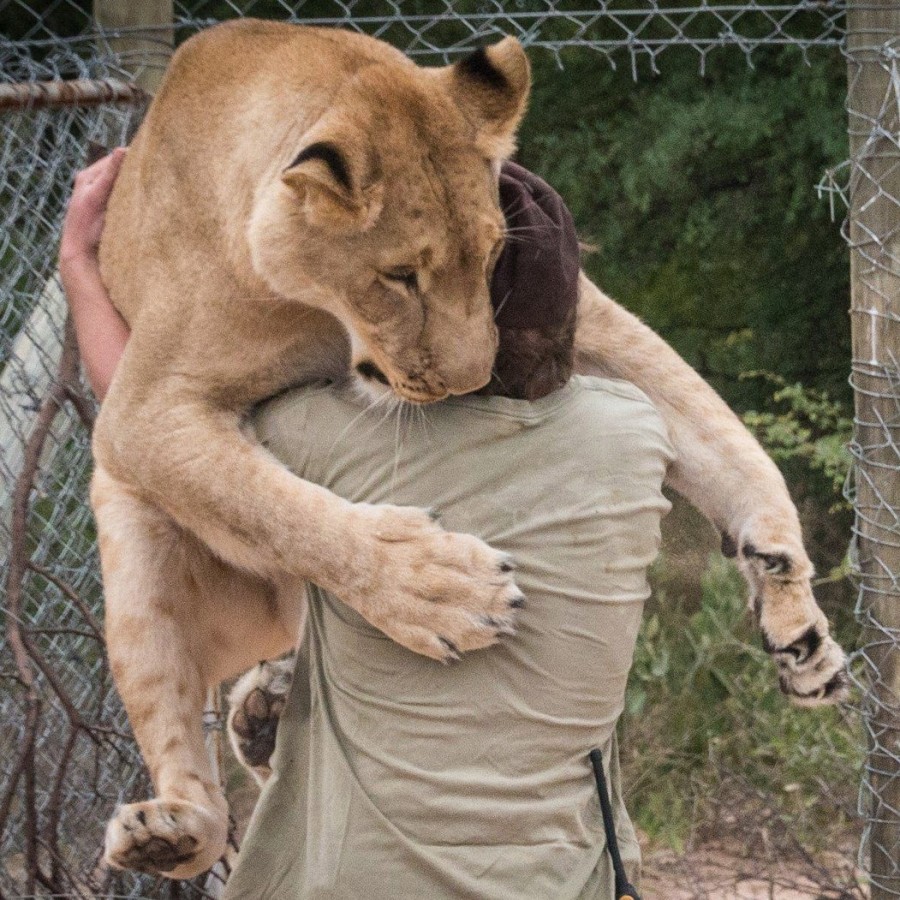
The one man is Kevin Richardson, better known as the lion whisperer whose videos of his incredible face-to-face interaction with lions at his sanctuary northeast of Johannesburg have made him world famous.
The other is Valentin Gruener, co-founder of the Modisa Wildlife Project, whose face is barely seen on the viral video where he lets a lion out of a fenced area only to have it jump into his arms like a big baby.
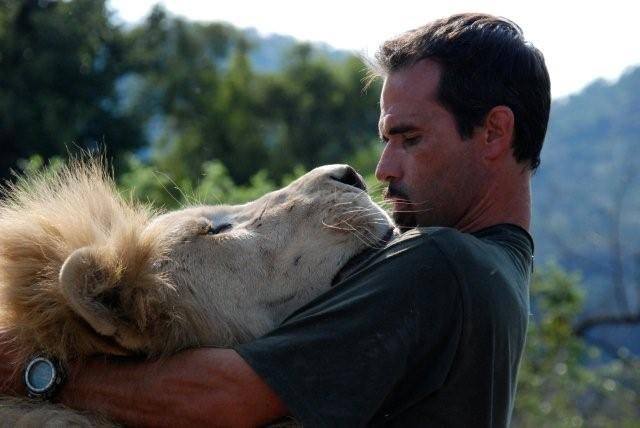
The videos, ironically, have probably made more people want to get close and personal with wild cats when the two men would prefer they didn’t at all or, if they did, that they would make it their life’s work.
The GoPro video of Richardson with his lions has been viewed almost 30 million times
Speaking exclusively to SAPeople, Richardson says: “Working with these animals is and should be a lifelong commitment, not just a one-off event. An interaction with a wild animal should never be about ‘the person’ wanting that interaction. It should be about what is best for that animal.”
Adds Gruener: “I get all the excitement about petting a little lion, but if people think about it, how is it right? … What would we expect of a dog that never had a proper owner or a child that did not grow up without parents? … Humans that interact with those predators are not doing the animals a favour.”
“It takes way more strength to NOT pet the cub and not fall to temptation, than it does to pay your money, pet the cub and go home to your normal life, not thinking ever again about the cub/animal that you petted.” – Richardson
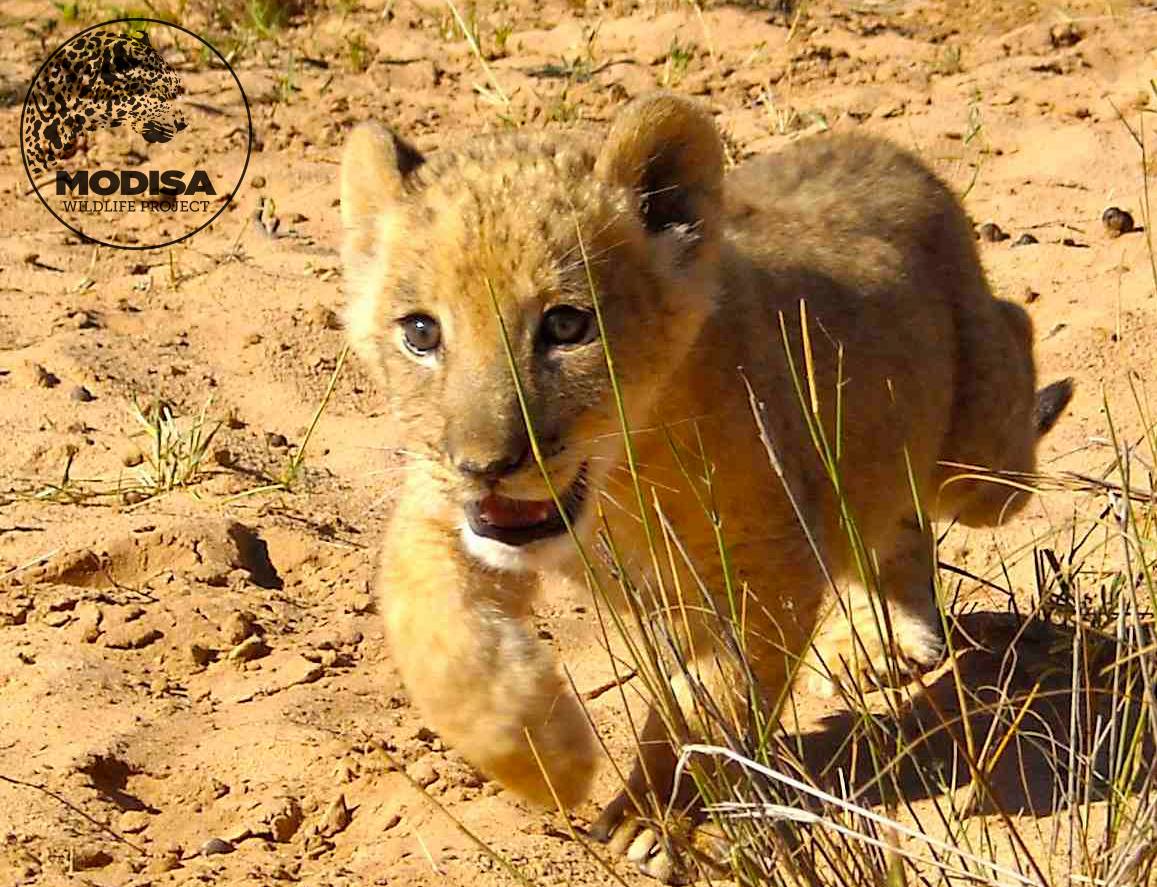
The famous video of Gruener and Sirga got two million hits shortly after going online
Countless young people across the world sign up to work at lion and wild cat facilities, often for free, where they handle cubs – for proof just look at all the photos on social media – often mistakenly thinking that they are doing conservation work.
Very few of them, tragically, realise that wild cats that begin life being handled by humans are destined for a rescue centre like Richardson’s – if they are very lucky – or a roadside zoo, even someone’s back yard, or a hunter’s bullet.
“I undertook to look after these animals for the remainder of their lives in captivity.” – RICHARDSON
Numerous lion parks and petting zoos have been recently targeted – most of them say unfairly – by protestors accusing them of abetting canned hunting.
In March demonstrations hit the well-known Lion Park, near Lanseria. More recently the investigative programme Carte Blanche did a segment exposing how many lions shot in hunts are half-tame.
The hard-hitting new documentary ‘Blood Lions‘ estimates that some 8,000 predators are being held in cages or confined areas, “and none of this has anything to do with conservation”.
“Facilities that breed [lions] will argue till the chickens come home to roost that all their cubs go to good homes or get released into wilderness type systems,” says Richardson.
“When explored or dissected further there is no evidence to support this. By far the majority will find themselves either being intensively bred or canned hunted…
“If the petting becomes a business then the business owners will always seek new ways to get ‘stock’ to keep up the attraction”, he says. “This is either by breeding themselves or by acquiring cubs from other breeding facilities”.
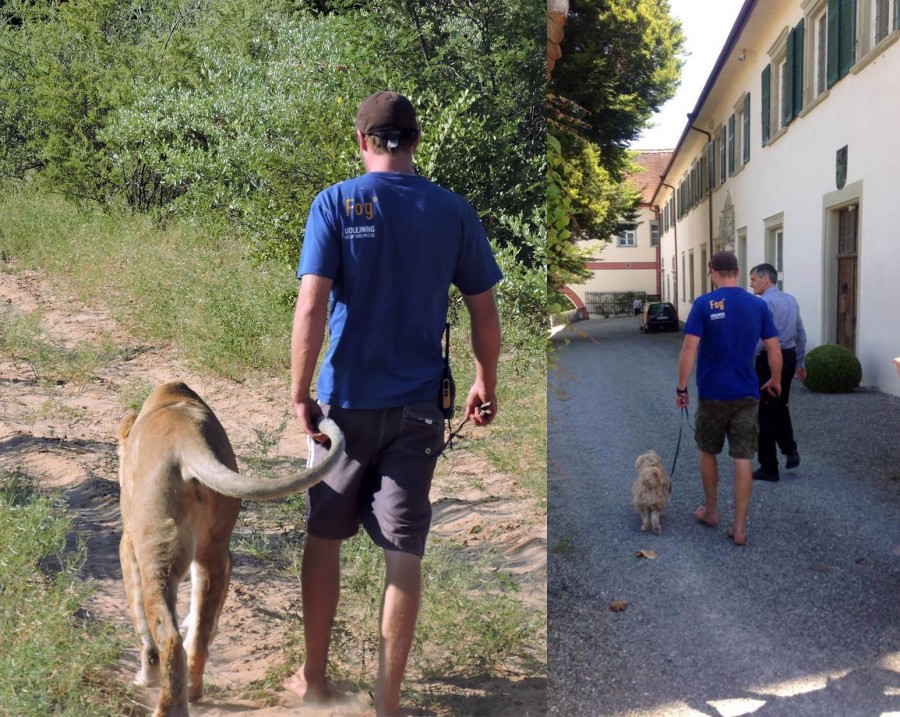
Richardson and Gruener have come to their work with lions from different directions.
Gruener was working on a reserve in Botswana when he took over rearing Sirga, who was born in a temporary holding facility for lions on a cattle farm nearby. Her siblings were killed by other lions in the enclosure. He has interacted with no other lion but Sirga, who is now three-and-a-half.
Richardson, meanwhile, was following another career path altogether when he volunteered at a lion park, and he never looked back. The lions in his sanctuary are all rescued from petting zoos or similar facilities, from as far away as Spain.
“These animals were potentially heading for canned hunting or miserable existences in captivity,” he says.

For those who don’t know what canned hunting is, the movie ‘Blood Lions’ is a warning call. Richardson constantly tries to expose the link between between cub-petting facilities and canned hunts – the one leads to the other, he says – and recently made a video (see below) explaining the term.
“Any lion that is being hunted that has been emotionally confined or physically constrained is a canned lion hunt.” – Richardson
Calling the whole idea of canned hunts morally repugnant, he explains that the lion being hunted, having been raised by humans and used to them, or in a small confined area, doesn’t have the ability to escape the hunter. There is no fair chase and no fair escape.
“If a lion has been born and bred in captivity and is not able to evade a hunter, and is simply taken from an enclosure and put in a more natural area, and then shot – that is canned.”
Richardson explains canned hunting in this video
Richardson says people who want to interact with lions simply have not thought about what they are doing.
“A person making the argument that they want to interact (with wild cats) because I do have not fully thought out what they are asking or stating” he says. “If they did, they would realize that what they are asking is selfish and unsustainable and simply for their indulgence they would be quite prepared to put an animal’s life at risk.
“Realistically, even with the best intentions most people do not have the mechanisms nor means to keep these predators in captivity properly. Nowadays my interactions are to keep the animals stimulated physically and mentally. My lions will be with me for life.
“It takes way more strength to NOT pet the cub and not fall to temptation, than it does to pay your money, pet the cub and go home to your normal life, not thinking ever again about the cub/animal that you petted.”
Gruener says the same. Speaking to SAPeople, he says: “There is a big difference between being there for the lion you interact with for its entire life and making sure it has a good life, or coming past as a tourist wanting to pet it quickly”.
“If people are not prepared to (devote themselves to a lion and change their lifestyle), then they should stick with their dog as a pet and go on a safari in the national parks of African countries to see lions and simply watch them in their wild habitat.” – Gruener
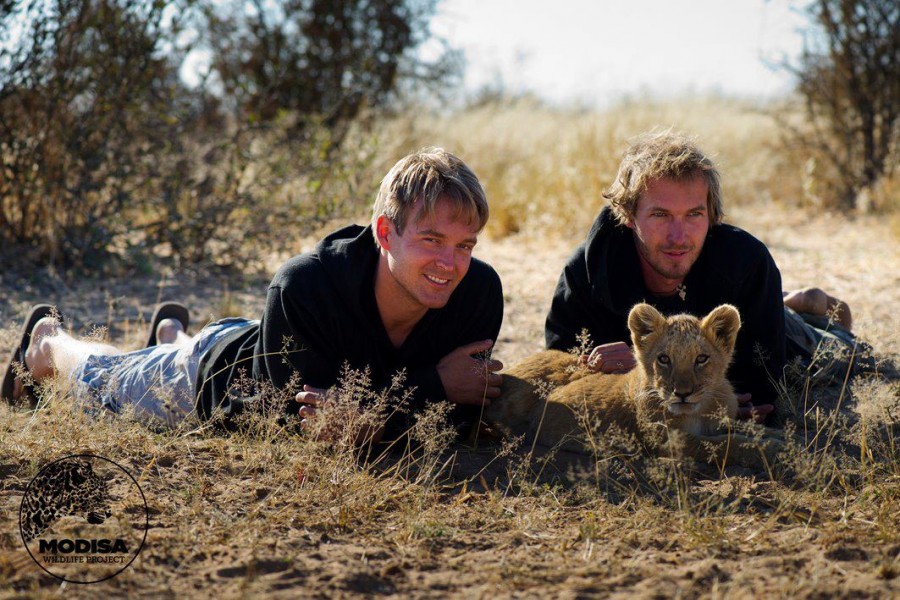
For Gruener, keeping Sirga is a full-time activity. Now three-and-a-half, she lives in a large enclosure near his home on the reserve and she still hugs him every day, he says. He takes her for regular walks to an area “where she gets to hunt and live life like a lion” and then walks her home again. Because she poses a threat to other humans, he always makes sure to walk with her.
“I do not think it is wrong for humans to interact with a predator,” he says. In fact, when especially local people see his interactions with Sirga, they start to see lions differently and want to protect them. “But the same way as when we decide to get a dog we decide to take care of it for life, if we want to interact with a predator the same should apply.
“It simply takes a lot more work and devotion and change of your lifestyle to do this right for a big cat. If people are not prepared to do so, then they should stick with their dog as a pet and go on a safari in the national parks of African countries to see lions and simply watch them in their wild habitat.”
As the ‘Blood Lions’ documentary points out, the problem is only getting worse, and wild cats in captivity – and thus canned hunting – is only getting bigger. Richardson says the problem is not just in Africa.
“Canned hunting is quite popular in Texas, and cub-petting facilities around the world continue to breed more and more captive animals with no consideration of what will happen to them when they are no longer sweet adorable cubs.”
Watch the video trailer for ‘Blood Lions’
MORE INFO
Kevin Richardson: www.lionwhisperer.co.za
Modisa Wildlife Project: www.modisa.org
Blood Lions: www.bloodlions.org
